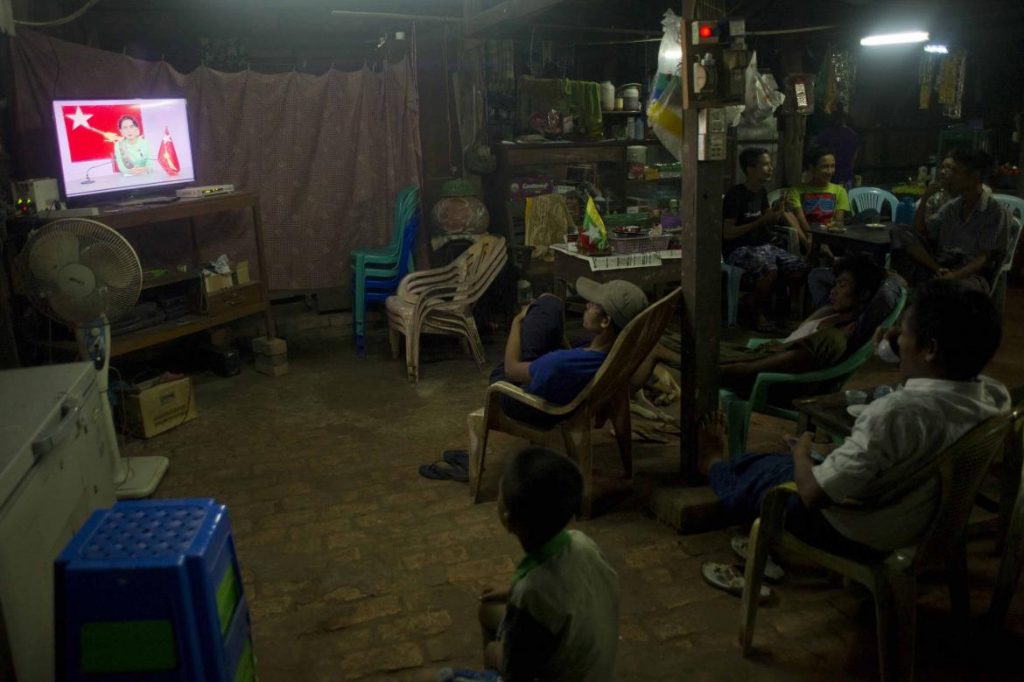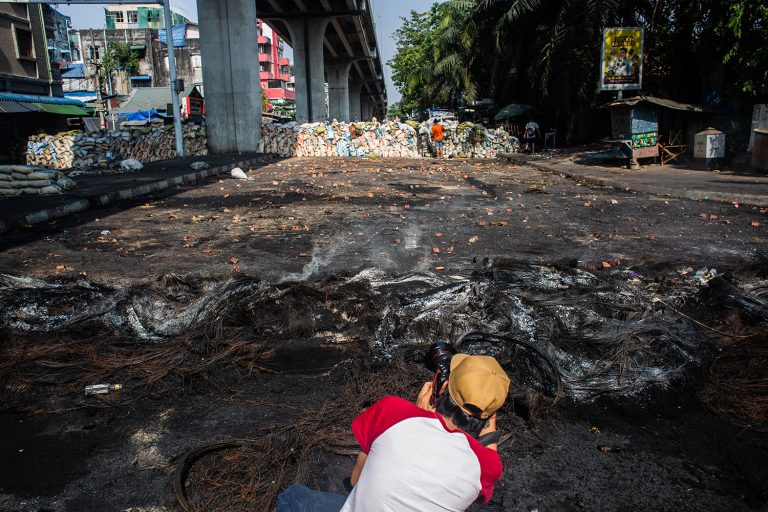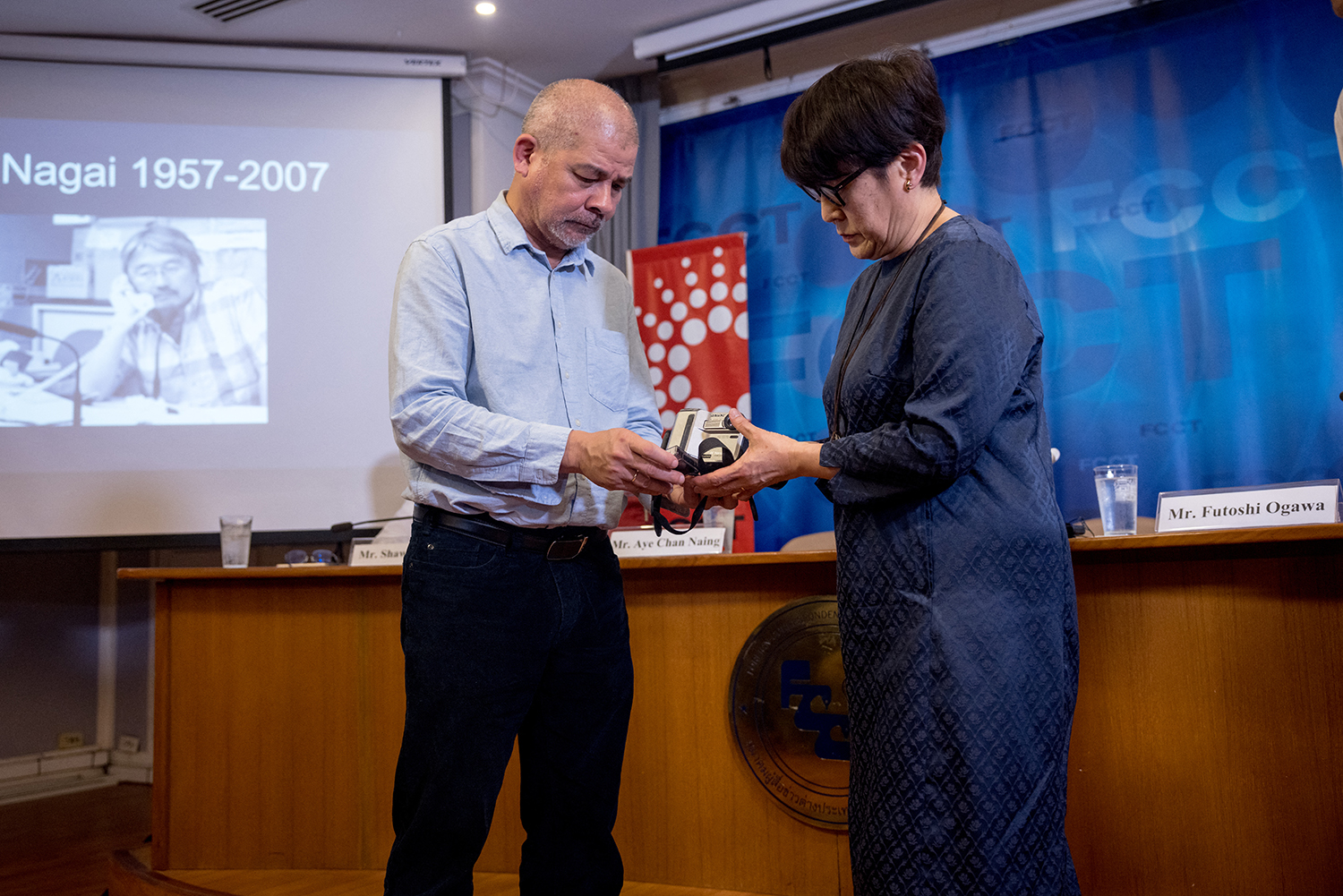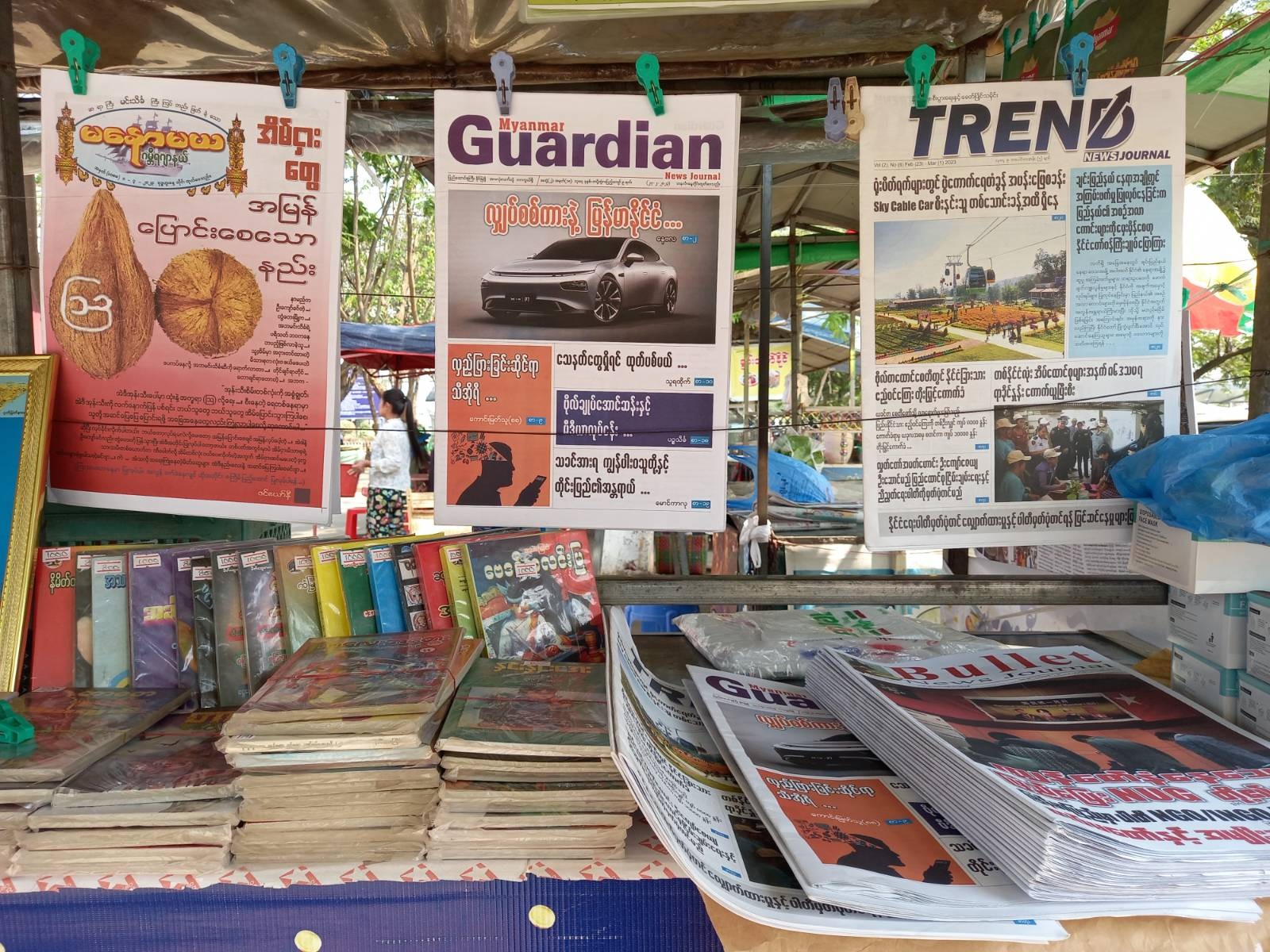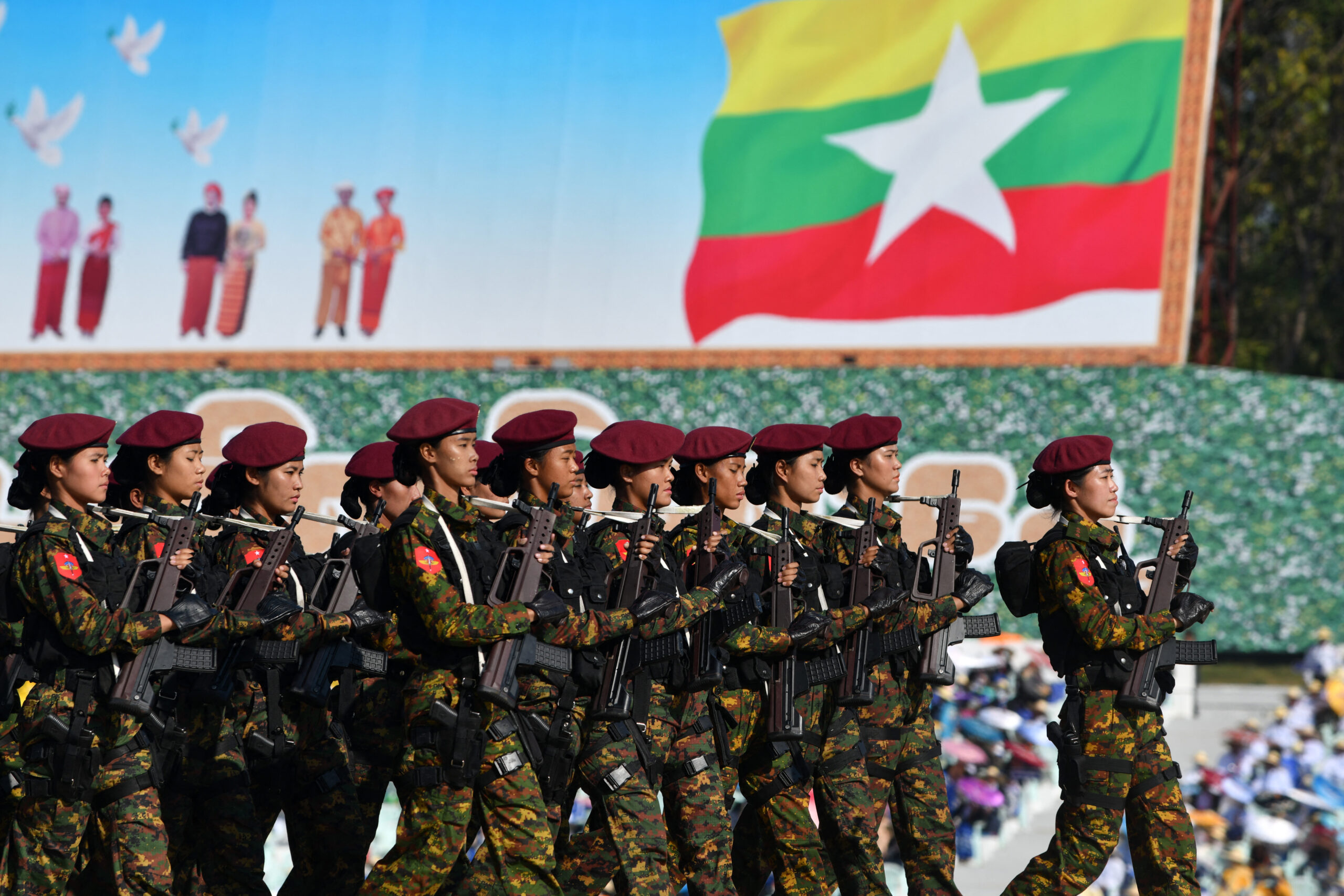The five companies recently awarded free-to-air television licences will double the number of broadcasters fighting for advertising revenue in what is already a highly competitive market.
By SITHU AUNG MYINT | FRONTIER
ON APRIL 11, the Ministry of Information announced the five successful applicants for television content provider licences that will operate digital free-to-air channels through state-run MRTV. The five successful companies, chosen from a shortlist of 10, are the “exile media” companies Mizzima Media and DVB Multimedia Group, as well as Kaung Myanmar Aung, Young Investment Group and Fortune International. This week I would like to discuss the changes that might be expected in TV broadcasting sector with the addition of these five companies to the market.
The selection process for awarding the content provider licences differed greatly from procedures under previous governments. The only private companies that received TV licences from the military government were run by cronies and business people close to the junta. The licences were issued on a joint venture basis with the Ministry of Information.
If the company violated the terms and conditions of its joint venture deal with the MoI, or if it broadcast content that displeased the government, its licence could be withdrawn at any time. The joint-venture companies played it safe by focusing mainly on entertainment programs rather than providing news and analysis of political, social and military issues.
There were two types of licences issued by former governments to the private sector.
Support more independent journalism like this. Sign up to be a Frontier member.
The first was for pay TV broadcasts transmitted by satellite. These were issued to Forever Group and SkyNet Media, which earn revenue from monthly or yearly subscription fees paid by viewers who install their satellite receivers. To attract subscribers they have added more channels and have monopolised coverage of international soccer matches. SkyNet is the market leader in pay TV in Myanmar.
The other permits are for free-to-air broadcasters and include channels linked to military-owned Myawady Group, MRTV-4 of Forever Group, MNTV of Shwe Than Lwin Media (owner of SkyNet), Channel 7 and Channel 9. Their main source of income is from advertising. They make a profit when advertising revenue exceeds production and broadcasting costs. Market research shows that television accounts for between 80 percent and 90 percent of all advertising spending in Myanmar, with the print media getting most of what’s left.
As free-to-air broadcasters, the five newly licensed companies will be relying on advertising as their main source of income. They will be competing for market share against established broadcasters MRTV, Myawady, MRTV-4, Channel 7 and Channel 9.
Although spending on advertising is expected to rise as the economy grows, the addition of five broadcasters to the market will lead to intense competition and has raised questions about whether the newcomers will be commercially viable.
The “exile media” companies Mizzima Media and DVB Multimedia Group each have considerable experience in broadcasting.
Mizzima has produced online news in Myanmar and English since it was established in New Delhi by a group of political exiles in 1998 and more recently has been making documentaries for MRTV. In 2012, it became the first exile media group to return to Myanmar after the print sector was liberalised. It launched a weekly vernacular newspaper that went daily in 2013 but closed in early 2015 amid fierce market competition. Mizzima, which continues to produce a weekly magazine in English, has been financially supported by international aid organisations.
DVB Multimedia Group, which has also received funding from foreign aid groups, was initially established by political exiles in Chiang Mai, Thailand, in 1992 and returned to Myanmar in 2013. In July 1992, as the Democratic Voice of Burma, it launched shortwave radio broadcasts from studios in Oslo, Norway, and began providing satellite television programs in May 2005. It is broadcasting 24 hours a day via a foreign satellite.
Of the five companies to receive the licences, Mizzima and DVB would seem to have the best chances of commercial success because of their broadcasting experience and competence and ability to attract donor funding.
Kaung Myanmar Aung, Young Investment Group and Fortune International, which are reported to be planning to invest millions of dollars in their channels, will have to work hard just to break even in what will be a highly competitive market for advertising revenue.
DISCLOSURE: Frontier’s parent company, Black Knight Media, lodged a joint venture bid for a television licence but was ultimately unsuccessful. The views expressed here are those of the author.


